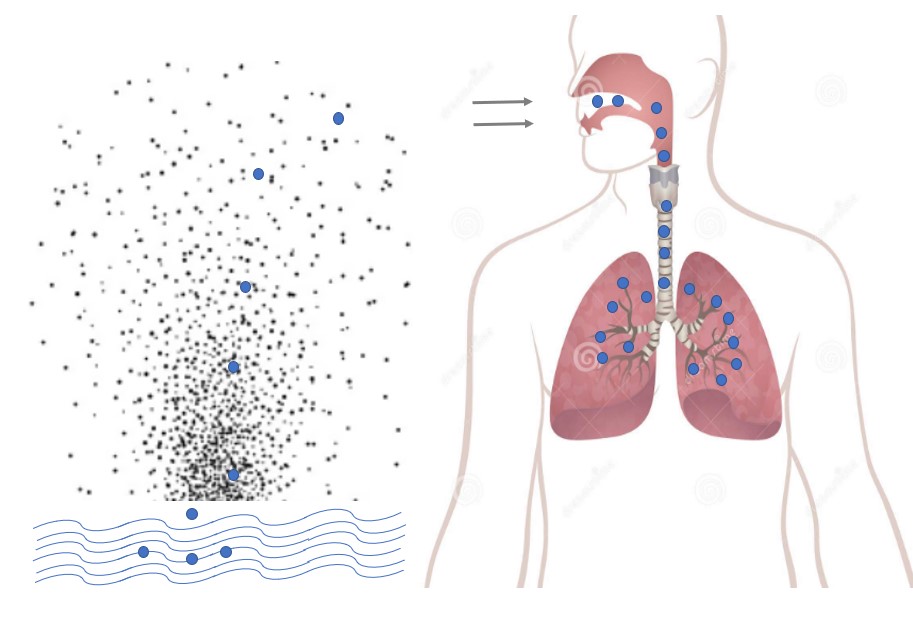by Lucy Burns | Apr 29, 2025 | blog
St. Louis, MO, April 21, 2025 – Cicadea Biotech, LLC, who is revolutionizing how we detect cancer by providing a non-invasive early detection solution to detect kidney cancer announced the award of a Phase I NSF SBIR/STTR grant in support of the development of a urine...
by Lucy Burns | Apr 1, 2025 | blog
Vargo, E., Burns, W. C., Klim, A., Black, L., Keller, R., Figenshau, R. S., & Johnson, M. (2024). MP51-01 A NOVEL URINARY BIOMARKER FOR THE DETECTION AND SURVEILLANCE OF RENAL CELL CARCINOMA. The Journal of Urology, 211(5S)....

by Lucy Burns | May 22, 2022 | blog
Legionnaires’ disease is a severe pneumonia typically caused by inhalation of aerosolized water containing Legionella bacteria. These bacteria are transmitted directly from the environment, such as water from showers, hot tubs, water misters, and cooling towers that...

by Lucy Burns | May 22, 2022 | blog
Mycobacterium bacteria have caused outbreaks of hypersensitivity pneumonia due to exposure of aerosols from the infected metalworking fluids. Environmental opportunistic mycobacteria, including Mycobacterium avium, M. terrae, and the new species M. immunogenum,...
by Lucy Burns | Apr 13, 2020 | blog
What is the principle of PCR? PCR, short for Polymerase Chain Reaction, is an artificial DNA synthesis which can produce many copies of DNA fragments from a small amount of DNA molecules. This process makes DNA detectable by various testing methods. As a result, a...
by Lucy Burns | Apr 8, 2020 | blog
DNA detection has been used to detect pathogenic bacteria, fungi, and viruses with significant advantages such as increased sensitivity, accuracy, and testing time. Polymerase Chain Reaction (PCR) has become the most important tool for DNA-based pathogen detection....



Recent Comments